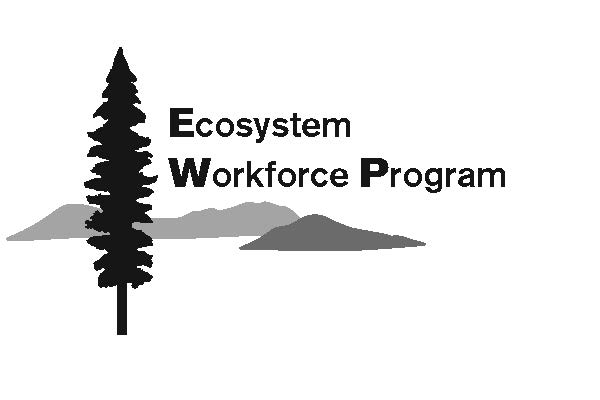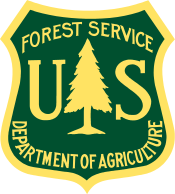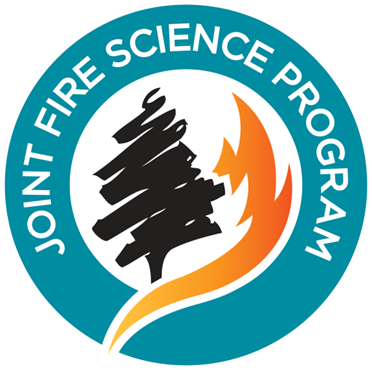Publications Library
Found 94 results
Filters: Keyword is fire effects and fire ecology [Clear All Filters]
. Wildfire risk as a socioecological pathology Frontiers in Ecology and the Environment. 2016;14(5).
. Winter grazing decreases the probability of fire-induced mortality of bunchgrasses and may reduce wildfire size: a response to Smith et al. International Journal of Wildland Fire. 2016;25.
. Effect of repeated burning on plant and soil carbon and nitrogen in cheatgrass (Bromus tectorum) dominated ecosystems Plant and Soil. 2015;386(1).
. Fire enhances whitebark pine seedling establishment, survival, and growth. Fire Ecology. 2015;11(2).
. The fire frequency-severity relationship and the legacy of fire suppression in California forests Ecosphere. 2015;6(1).
. Hillslope erosion two and three years after wildfire, skyline salvage logging, and site preparation in southern Oregon, USA Forest Ecology and Management. 2015;342.
. Modeling spatial and temporal dynamics of wind flow and potential fire behavior following a mountain pine beetle outbreak in a lodgepole pine forest Agricultural and Forest Meteorology. 2015;204.
. Pile burning creates a fifty-year legacy of openings in regenerating lodgepole pine forests in Colorado Forest Ecology and Management. 2015;336.
. Regional likelihood of very large wildfires over the 21st century across the western United States: Motivation to study individual events like the Rim Fire, a unique opportunity with unprecedented remote sensing data. ().; 2015:312-313. Available at: http://www.treesearch.fs.fed.us/pubs/49486.
. A Wildfire-relevant climatology of the convective environment of the United States International Journal of Wildland Fire. 2015;24.
. Challenges of assessing fire and burn severity using field measures, remote sensing and modelling International Journal of Wildland Fire. 2014;23. Available at: http://dx.doi.org/10.1071/WF13058.
. Climate, fire size, and biophysical setting control fire severity and spatial pattern in the northern Cascade Range, USA. Ecological Applications. 2014;24(5). Cansler_McKenzie_ClimateBiophysicalSetting_FireSizeSeverityN_Cascade_2014EcolApp.pdf (5.79 MB)
Cansler_McKenzie_ClimateBiophysicalSetting_FireSizeSeverityN_Cascade_2014EcolApp.pdf (5.79 MB)
. The Ecological Role of Fire in Natural Conifer Forests of Western and Northern North America - Introduction Fire Ecology. 2014;10(3).
. Fire severity and tree regeneration following bark beetle outbreaks: the role of outbreak stage and burning conditions Ecological Applications. 2014;24.
. Hydrologic and erosion responses to wildfire along the rangeland-xeric forest continuum in the western US: a review and model of hydrologic vulnerability. International Journal of Wildland Fire. 2014;On-line early.
. Integrating Social, Economic, and Ecological Values Across Large Landscapes. ().; 2014. Available at: http://www.treesearch.fs.fed.us/pubs/47219. pnw_gtr896.pdf (8 MB)
pnw_gtr896.pdf (8 MB)
Mapping the daily progression of large wildland fires using MODIS active fire data. International Journal of Wildland Fire. 2014;On-line early.
. Recent mountain pine beetle outbreaks, wildfire severity, and postfire tree regeneration in the US Northern Rockies PNAS. 2014;111(42).
. Simulated western spruce budworm defoliation reduces torching and crowning potential: a sensitivity analysis using a physics-based fire model. International Journal of Wildland Fire. 2014;On-line early. Available at: http://dx.doi.org/10.1071/WF13074.
. Songbird response to wildfire in mixed-conifer forest in south-western Oregon. International Journal of Wildland Fire. 2014;On-line early.
. Assessing forest vegetation and fire simulation model performance after the Cold Springs wildfire, Washington, USA. Forest Ecology and Management. 2013;287:12. Available at: http://dx.dol.org/l 0.1 016/j.foreco.2012.08.031.
. Capturing Fire: RxCadre Takes Fire Measurements to a Whole New Level. Joint Fire Science Program; 2013. FSdigest16.pdf (890.34 KB)
FSdigest16.pdf (890.34 KB)
. Crown fire behavior characteristics and prediction in conifer forests: a state-of-knowledge synthesis.; 2013:39. Available at: https://www.firescience.gov/projects/09-S-03-1/project/09-S-03-1_final_report.pdf.
. Current status and future needs of the BehavePlus fire modeling system. International Journal of Wildland Fire. 2013;On-line early.





